Article by Rabbi Yitzi Lowenthal of Chaabd of Denmark: For 31 years I wondered why the Rebbe gave special attention to the shluchim of Morocco. After seeing their impact, my question is answered.
By Rabbi Yitzi Loewenthal – ChabaDenmark
31 years ago, I merited to receive a kuntres from the Rebbe’s hand: Kuntres Siyum Vehachnoses Sefer Torah with a piece of lekach.
At that time, Lubavitch of Morocco was making a siyum Sefer Torah, and in conjunction with the Kinus Hashluchim, the siyum started in NY. In honor of this event, a booklet of ma’amorim and sichas were printed, and the Rebbe distributed it to everyone present.
Whilst I was obviously thrilled to be receiving a kuntres from the Rebbe, I was a little puzzled why a hachnosas Sefer Torah for Morocco, a specific place, should merit such attention from the Rebbe, and that the Rebbe should distribute a kuntres to everyone. Other kuntresim that the Rebbe distributed were connected with special days and dates on the Chabad calendar.
Obviously, why the Rebbe does something or not, is often beyond our understanding, and yet, from our limited perspective, we try, as Chassidim, to understand and internalize what the Rebbe does.
This week, I believe I got an answer.
I participated in the conference of shluchim of Europe Africa and the Middle East (shluchim from countries with small communities, and no regional kinus). The Kinus was organized by Rabbi Moshe Kotlarsky and his son Rabbi Mendel Kotlarsky, with the staff from Merkos 302, and many thanks to them.
This year, the conference was in Casablanca, Morocco, superbly hosted by local shluchim Rabbi Levi and Chana Banon, who lead a beautiful Beis Chabad, and are connected to so many.
Also present and participating were the sons of the three shluchim of Morroco, Rabbi Mendel Raskin of Montreal – son of Rabbi Leibel Raskin a”h, Rabbi Yosef Matasuf of Toulouse – son of Rabbi Shlomo Matusof a”h, and Rabbi Zalmen Edelman of Vienna – son of Rabbi Sholom Edelman a”h.
In addition, Rebbetzin Reizel Raskin, wife of Reb Leibel, and Rebbetzin Gittel Eidelman, wife of Rabbi Sholom Eidelman, are living there and running the shlichus of their late husbands with great dedication.
During the evening farbrengen, the sons of the Morocco Shluchim described life in Morocco when they were children.
Walking in the streets alone was a danger. There were stones thrown at them and they were spat upon, One of the Raskin boys went to a local park, and he returned with his glasses, yarmulka and bicycle taken from him. A neighbor would spit at them, only when Rabbi Raskin threatened to tell the king, did he stop.
When Nassar the leader of Egypt visited, the Jews had to stay indoors for a week, and all the institutions were closed, as any Jewish presence was inviting danger.
Through all this, the Shluchim (and others who joined them for shorter periods) worked tirelessly, ultimately opening some 50 chadorim in around Morocco, many mikvas, and a kolel that trained many of the country’s rabbis, camps, shuls and more. The Beth Rivka school with 600 girls was a glorious crown jewel in the Lubavitch institutions.
The country itself, at the top of Africa, has many elements of a third-world country, and the Jewish community, a Sefardic community, has many different traditions and customs, which the Rebbe instructed to completely respect and uphold.
And yet, through it all, the shluchim led and taught a love to Hashem and Torah and mitzvos, and also a strong connection of the Jews of Morocco to the Rebbe.
At the Bais Rivka school, they would start the day singing a song, “besismas ufaratzta – chasidai harebbe onu” a song that engraved the connection to the Rebbe. After Gimmel Tamuz, Rabbi Raskin went over to every parent that gave birth to a boy, encouraging them to name their son Menachem Mendel after the Rebbe, many did, and we met some of these Menachem Mendels.
Moroccan Jews, both local and worldwide, see and appreciate the Rebbe for what he has done for them. This is clearly due to the Shluchim, their work, words and actions.
On the last day of the conference, we visited the institutions and buildings set up and led by the Shluchim. At Rabbi Raskin’s Shul, there is the Sefer Torah which was written by the Jews of Morocco for the Rebbe, finished in 770, used by the Rebbe, and danced with by the Shluchim in front of the Rebbe.
That morning, the Sefer Torah was danced with again, and Rabbis Raskin, Edelman and Matasuf, sons of the shluchim, danced with the Torah just as their fathers had danced 31 earlier in front of the Rebbe. As the three shluchim, together with Rabbi Banon danced with the Torah, my 31-year-old question was resolved.
Here were shluchim, who in addition to it being the first place that the Rebbe sent shluchim too, were also in a truly challenging place, far from the comforts and luxury of the US or Europe. Despite this, the shluchim had done so much, and at all times were connecting people to the Rebbe. The name of the meshlayach, the Rebbe, never left their lips. This represented so well what shlichus is all about, bringing the Torah to people, whilst connecting them to the Rebbe.
This was not a private event for a specific place, but truly something general, for all chassidim and Jews, and therefore totally fitting that the Rebbe should embrace it and distribute a kuntres to all.
Whilst every Kinus, especially a regional Kinus such as these, gives much inspiration, many ideas and advice from good friends, this Kinus had a special additional element: The lessons and inspiration of these Shluchim, doing so much in such challenging and difficult situations, and all the while unabashedly connecting people to the Rebbe.
Truly a lesson and inspiration.

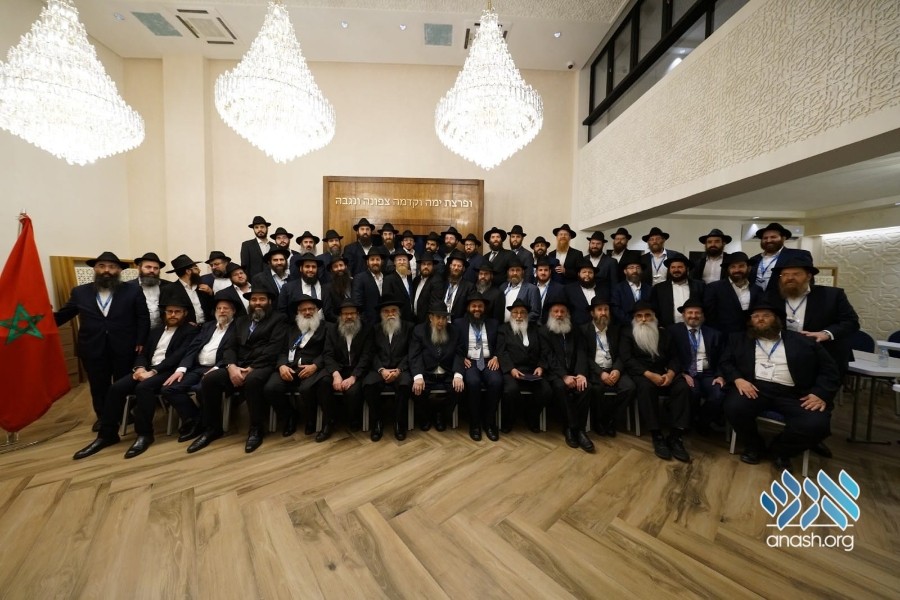
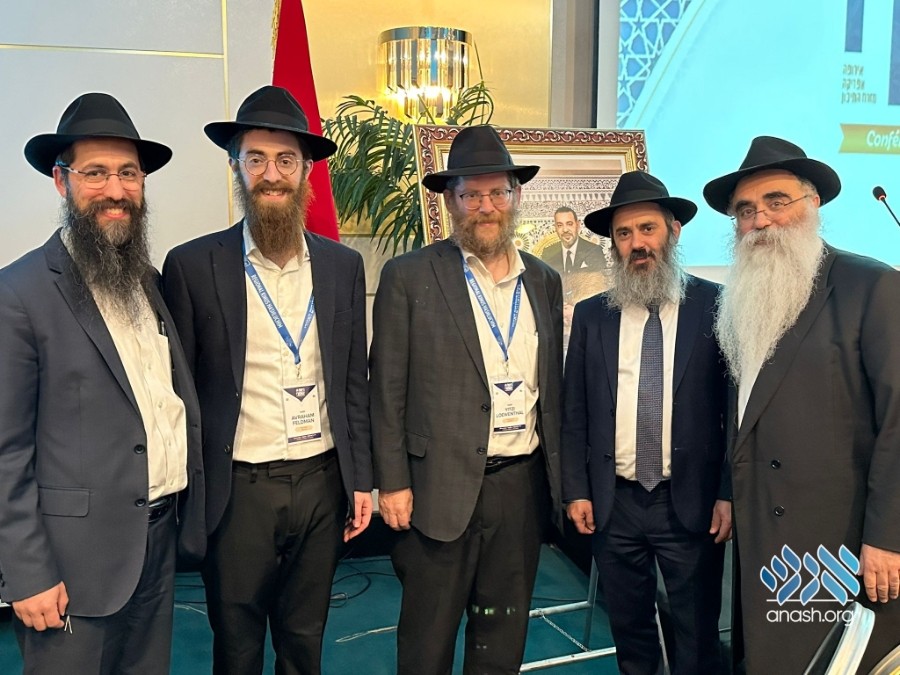

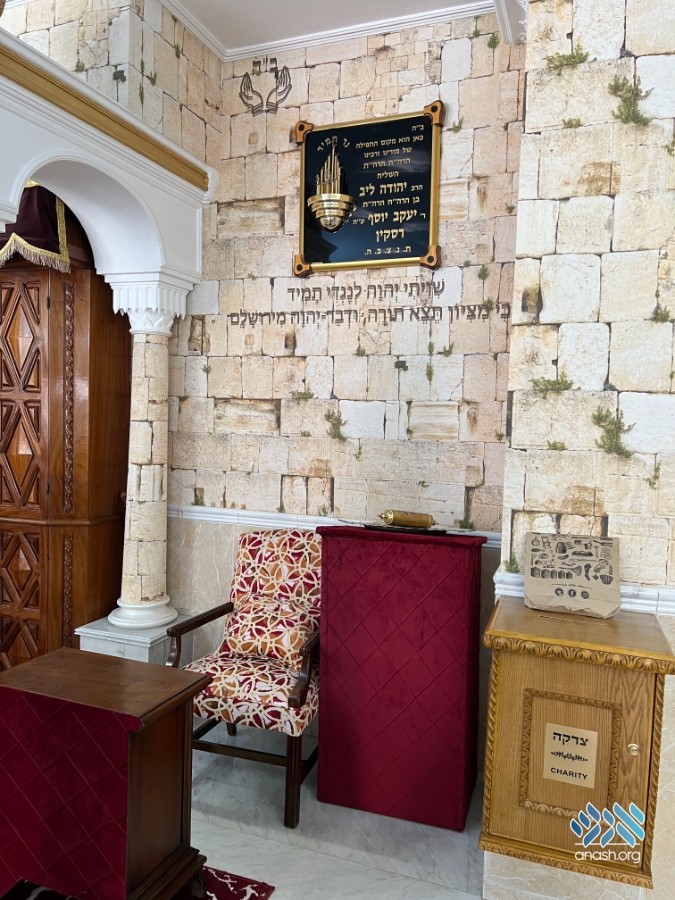
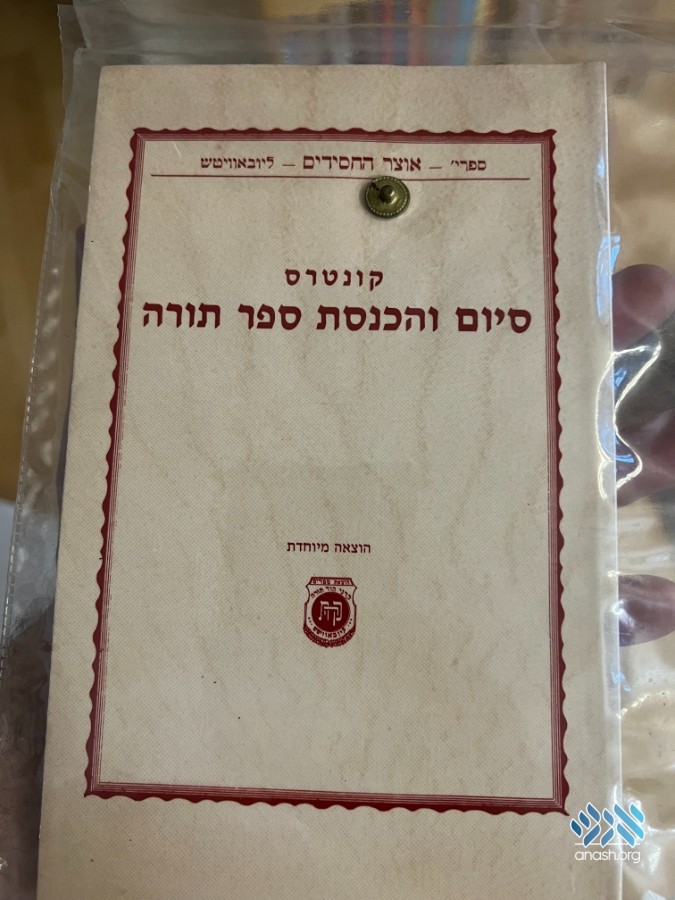

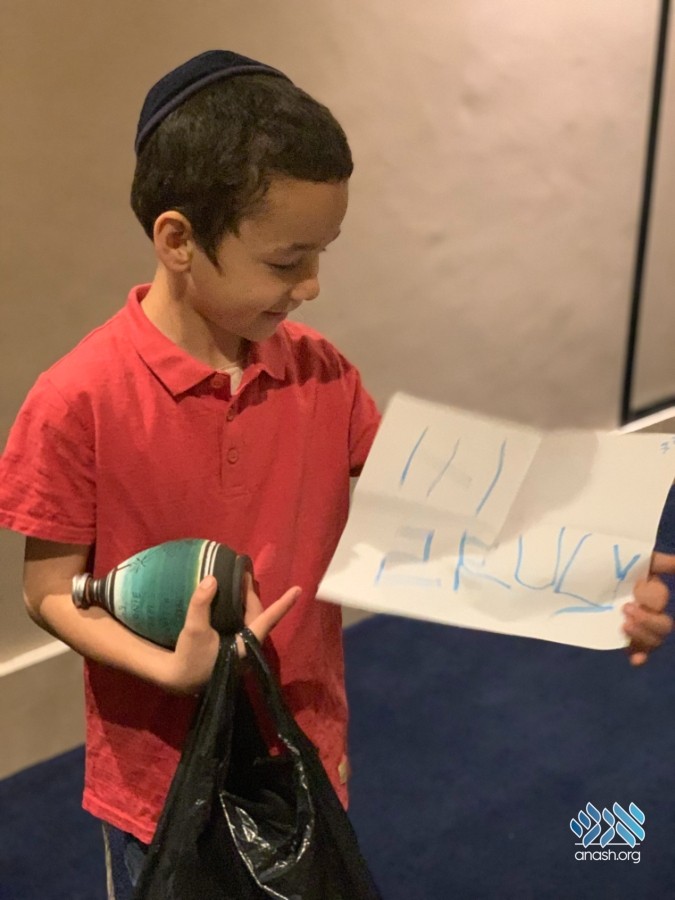
Discussion
We appreciate your feedback. If you have any additional information to contribute to this article, it will be added below.